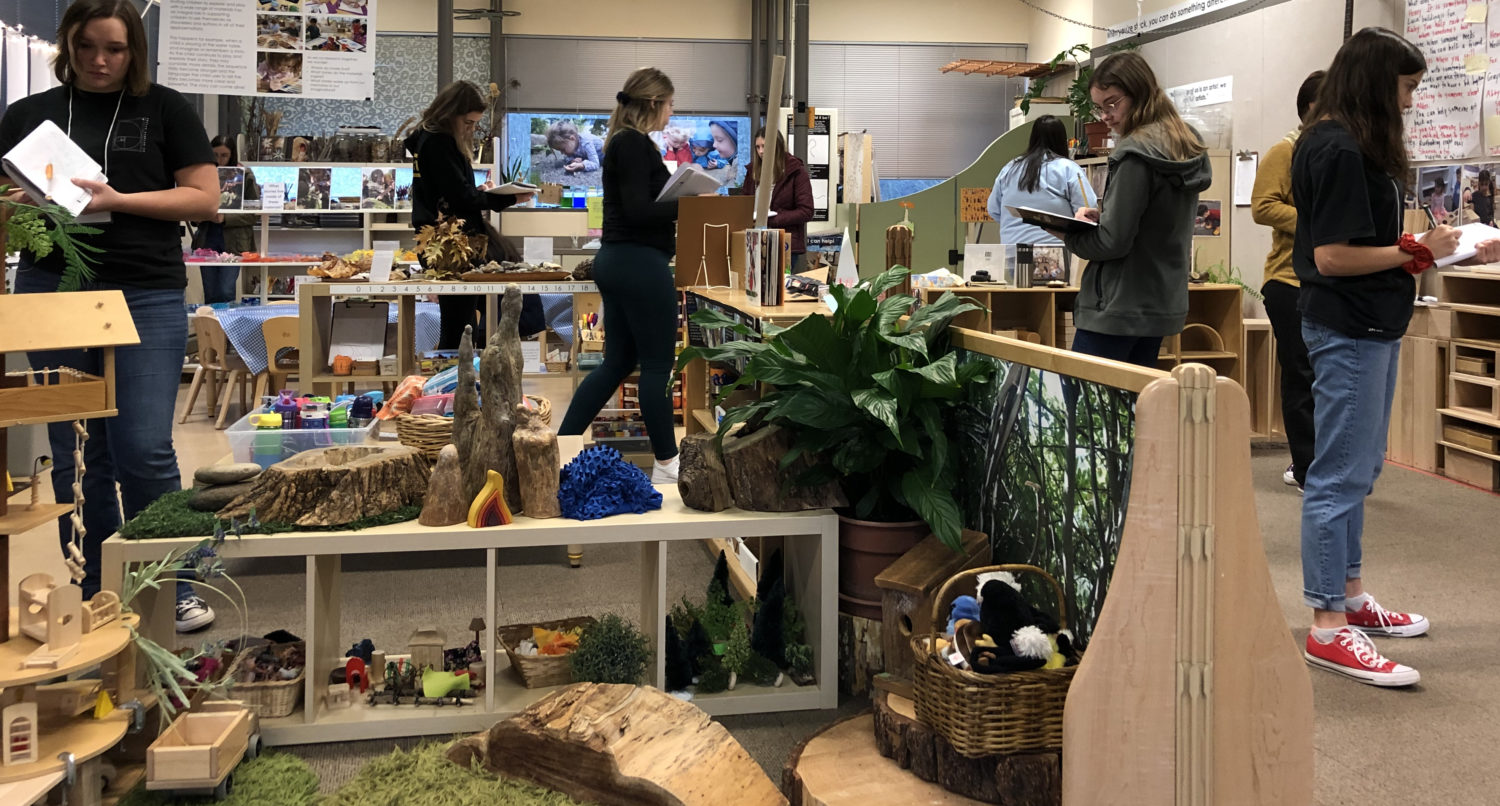The Danger of The Guillotine

For the second year in a row, Opal School hosted a “Rising Educators Study Tour” for high school students who study approaches to early childhood education and apply that learning in a school-based center. It’s a rare treat for us to learn with people at that stage of life.
As we often do, we spent part of the day focused on (and experiencing) the role of the arts as languages for learning.
Offering wire and foil, we asked:
How can these materials reveal your emerging theories regarding your role in cultivating playful inquiry?
Walking around the room, I checked in with different participants about what they were discovering as they engaged with the materials.
I was surprised when a participant showed her creation: a guillotine.
As we both laughed, I asked her about the relationship between the question and her creation.
I love guillotines, she told me. I know a lot about them.
I wondered aloud about how her guillotine might help her consider the question.
For a while, we were stuck.
Then, it hit me.
By nature of being on the planet for different lengths of time, adults know all sorts of things that younger people don’t.
If the adult thinks that their relationship with younger people should be dominated by telling that younger person all the things that they know that the other doesn’t, it doesn’t go well. It really decapitates learning.
She laughed. I got the feeling that she was quite familiar with that relationship.
Her work with wire and foil – in a quite unexpected way – led to a big realization: What brings you joy is not what you need to share with children. Instead, reflecting on what brings you joy helps you construct experiences that lead children to find theirs.
